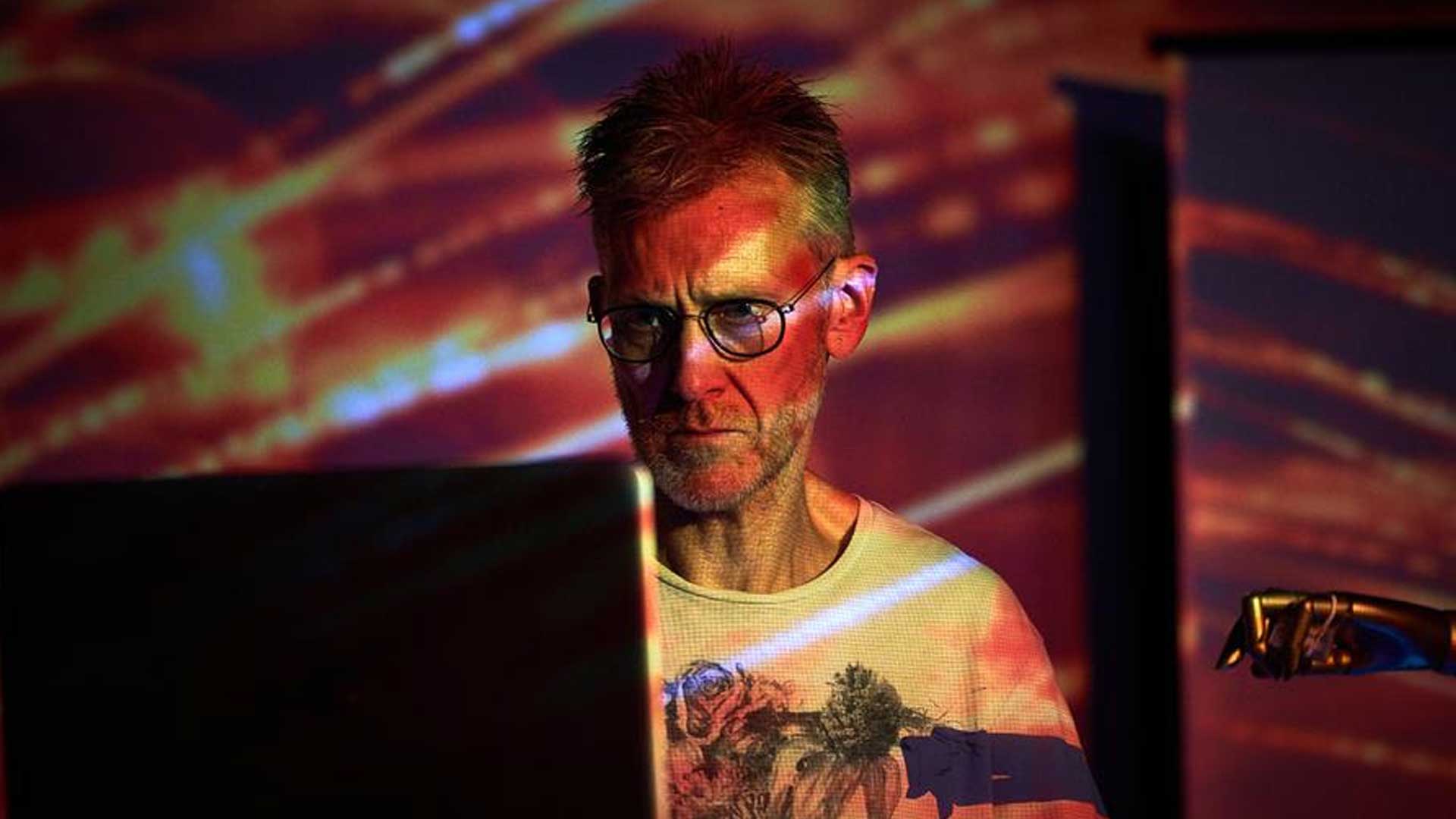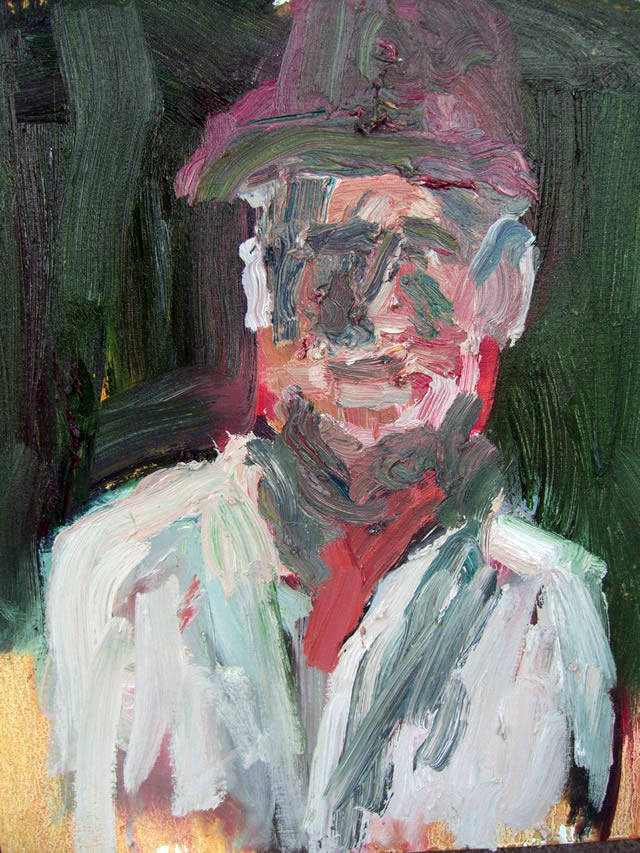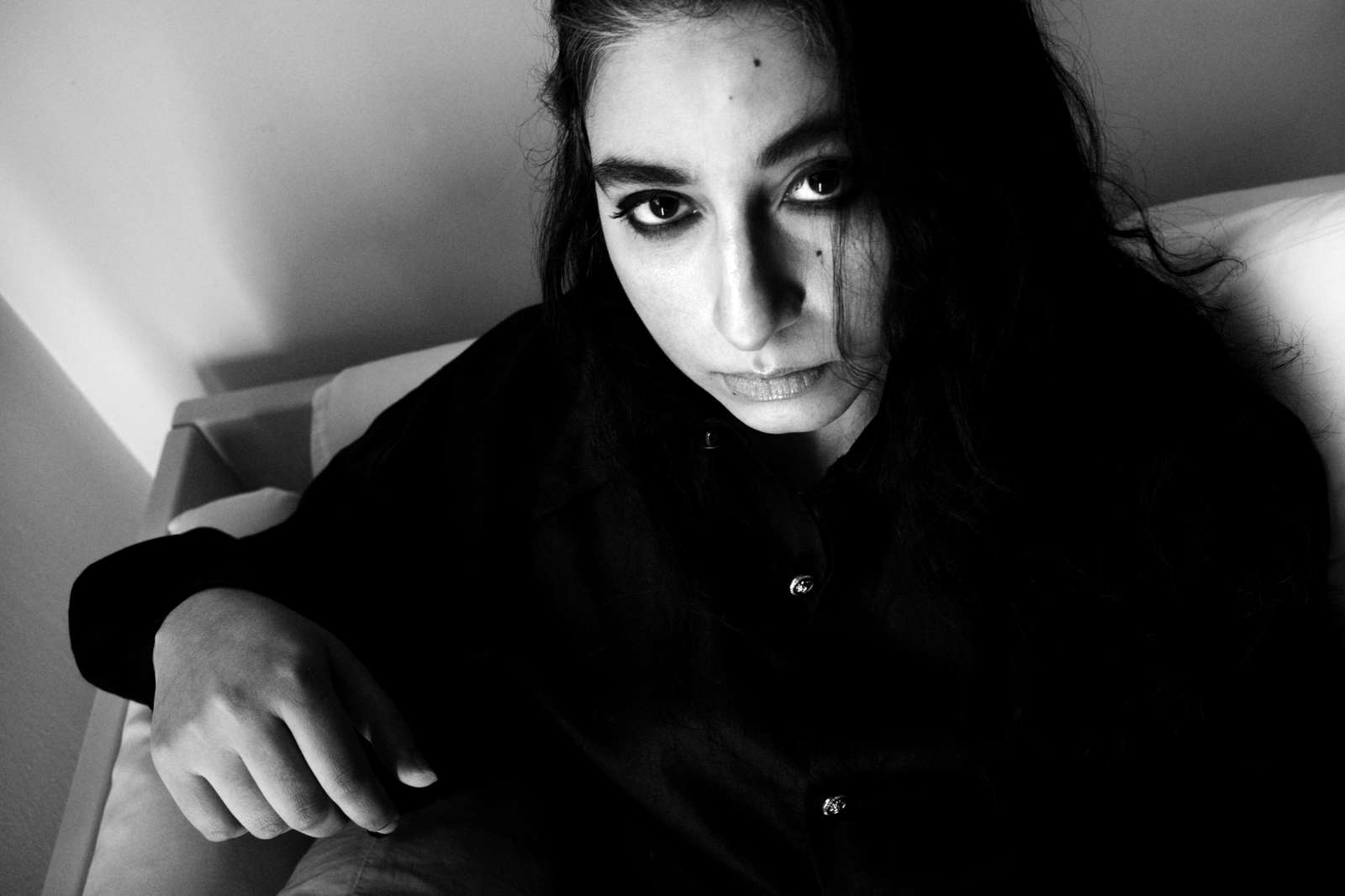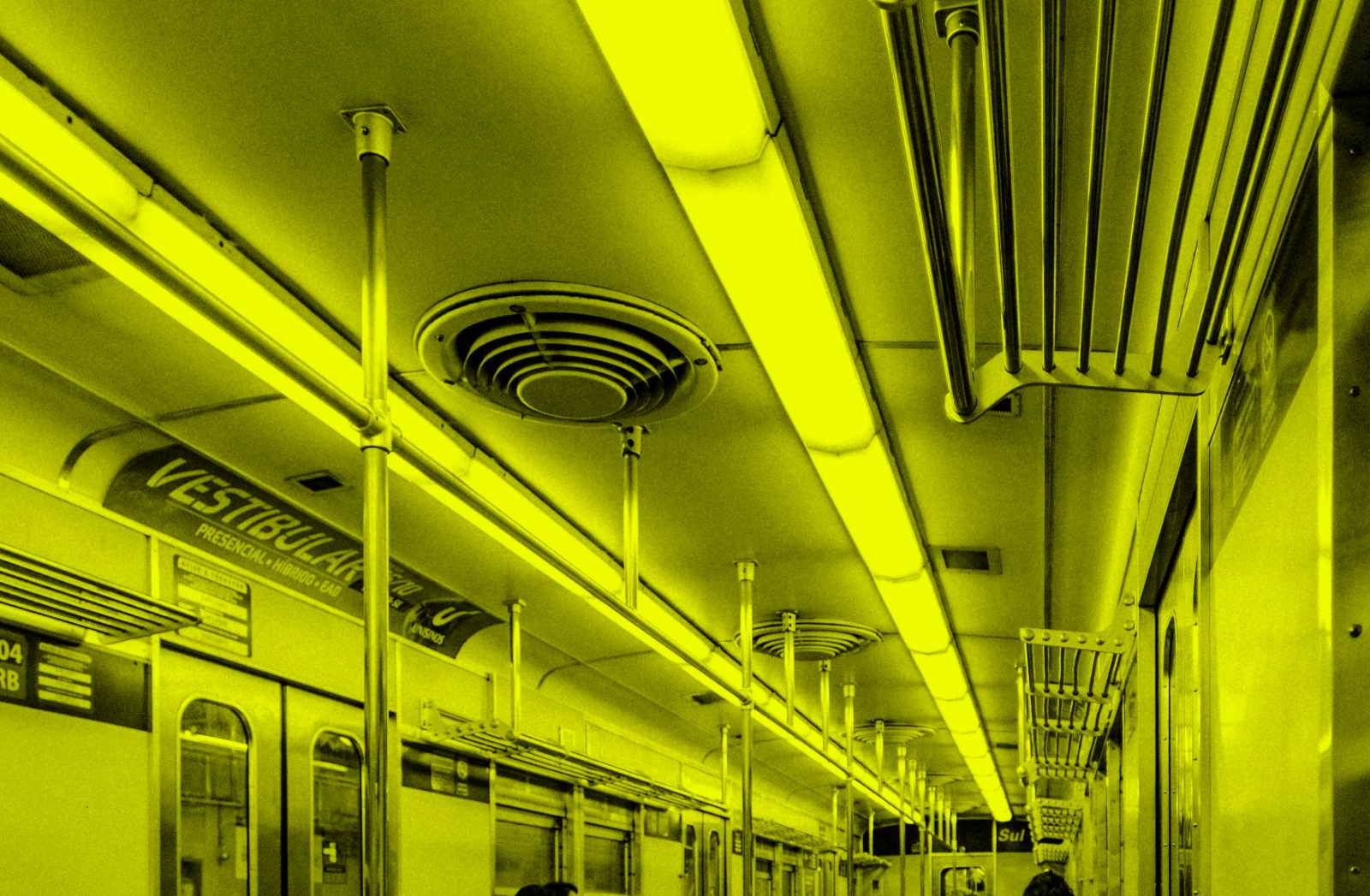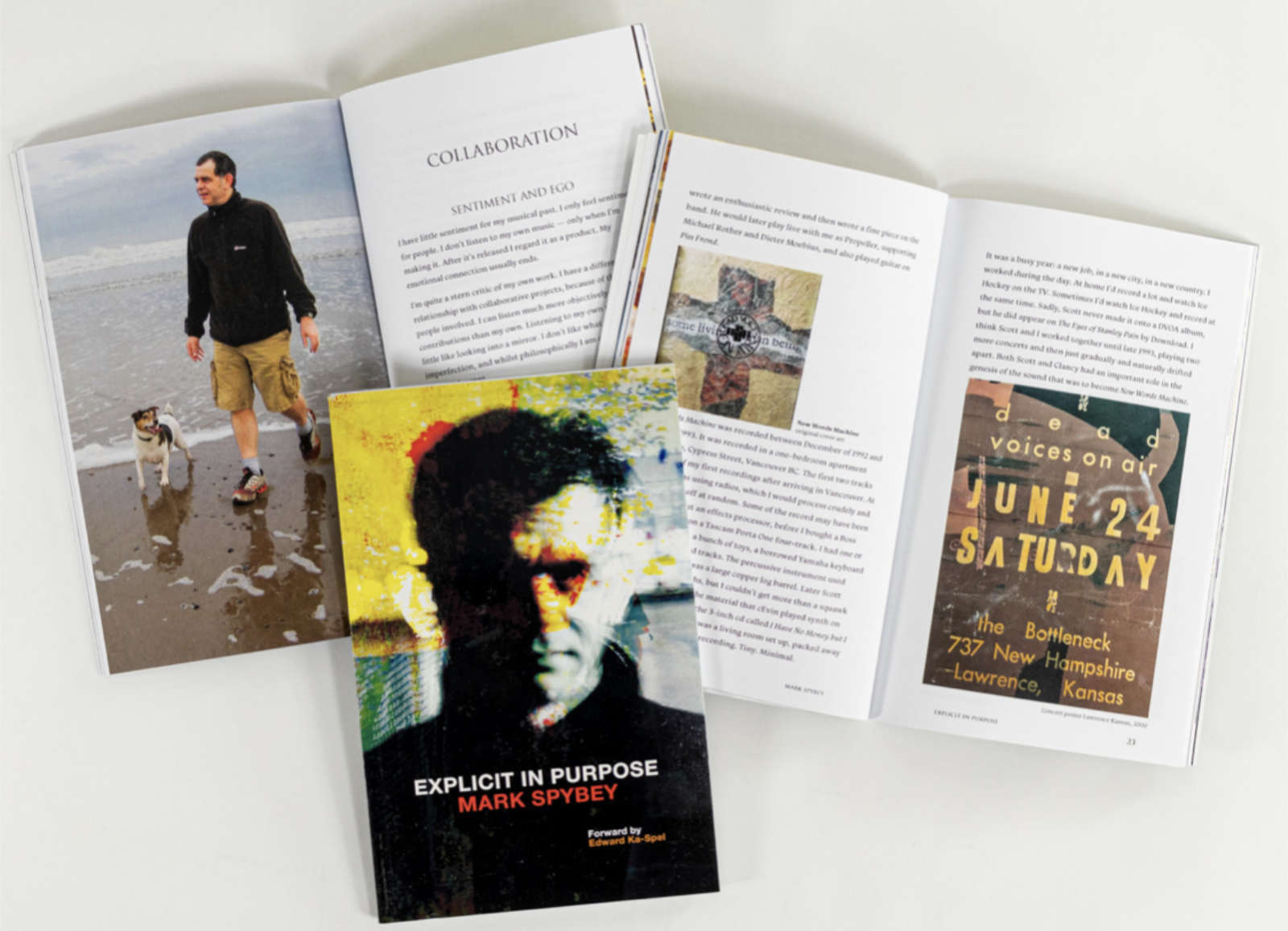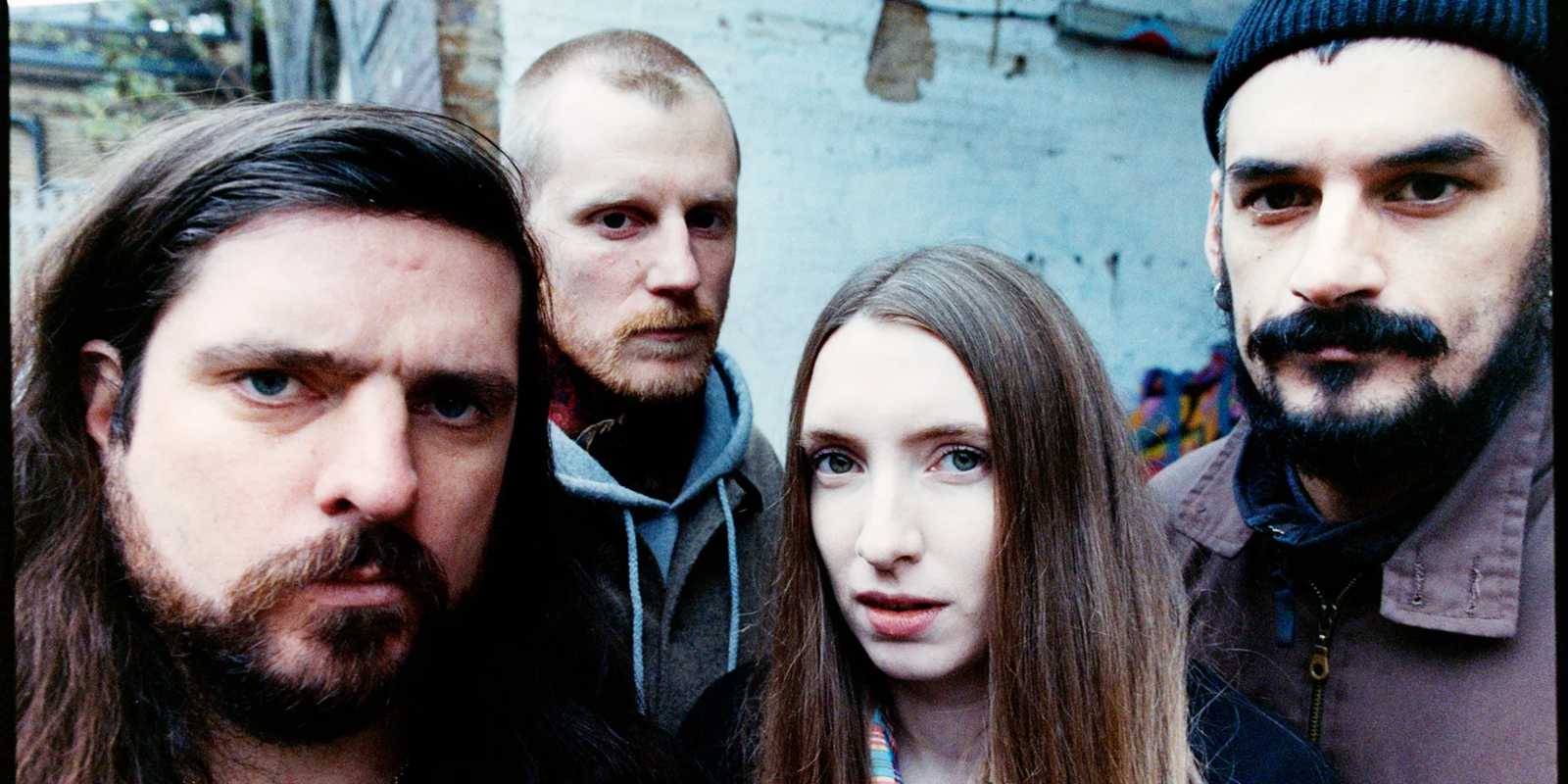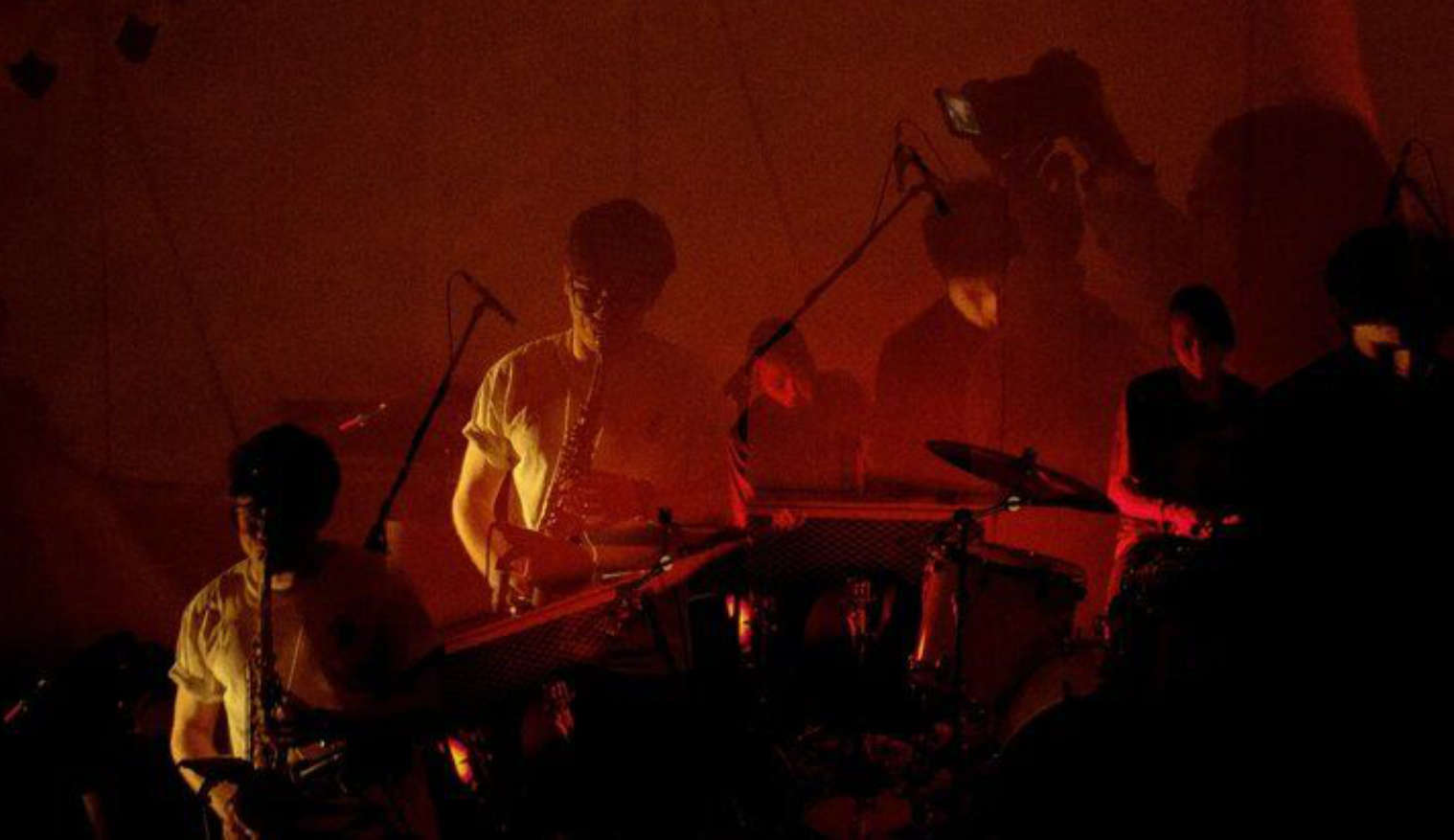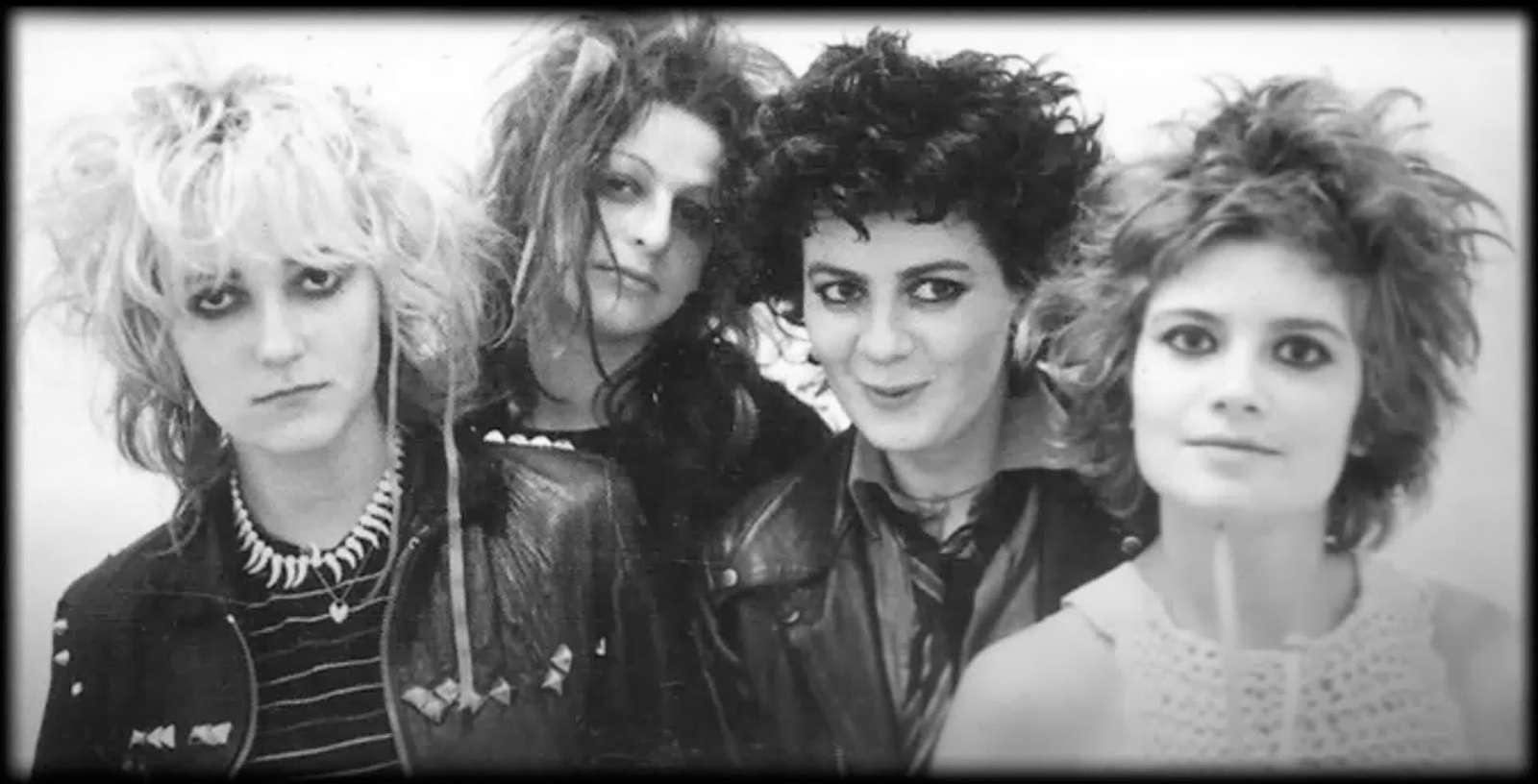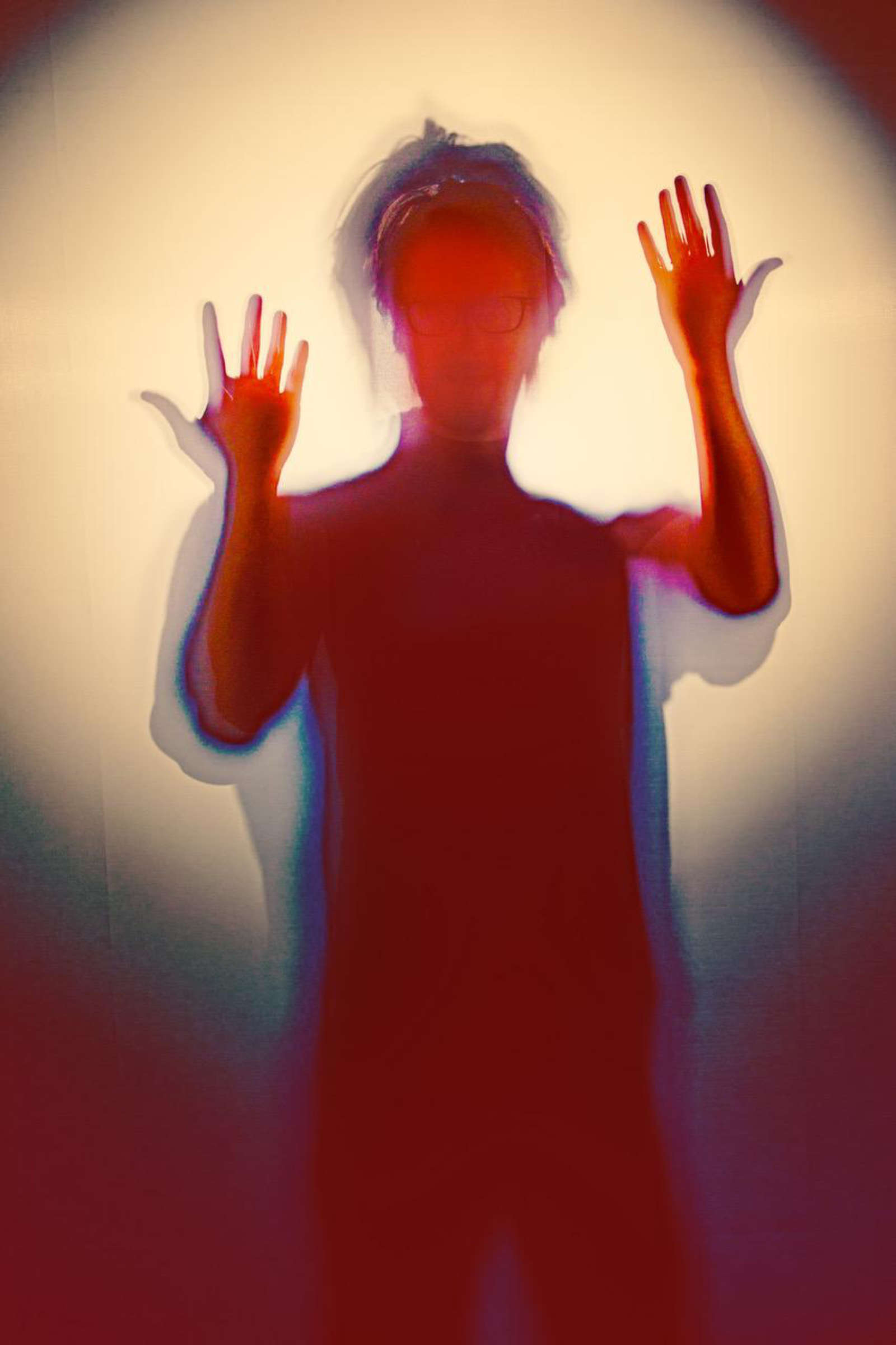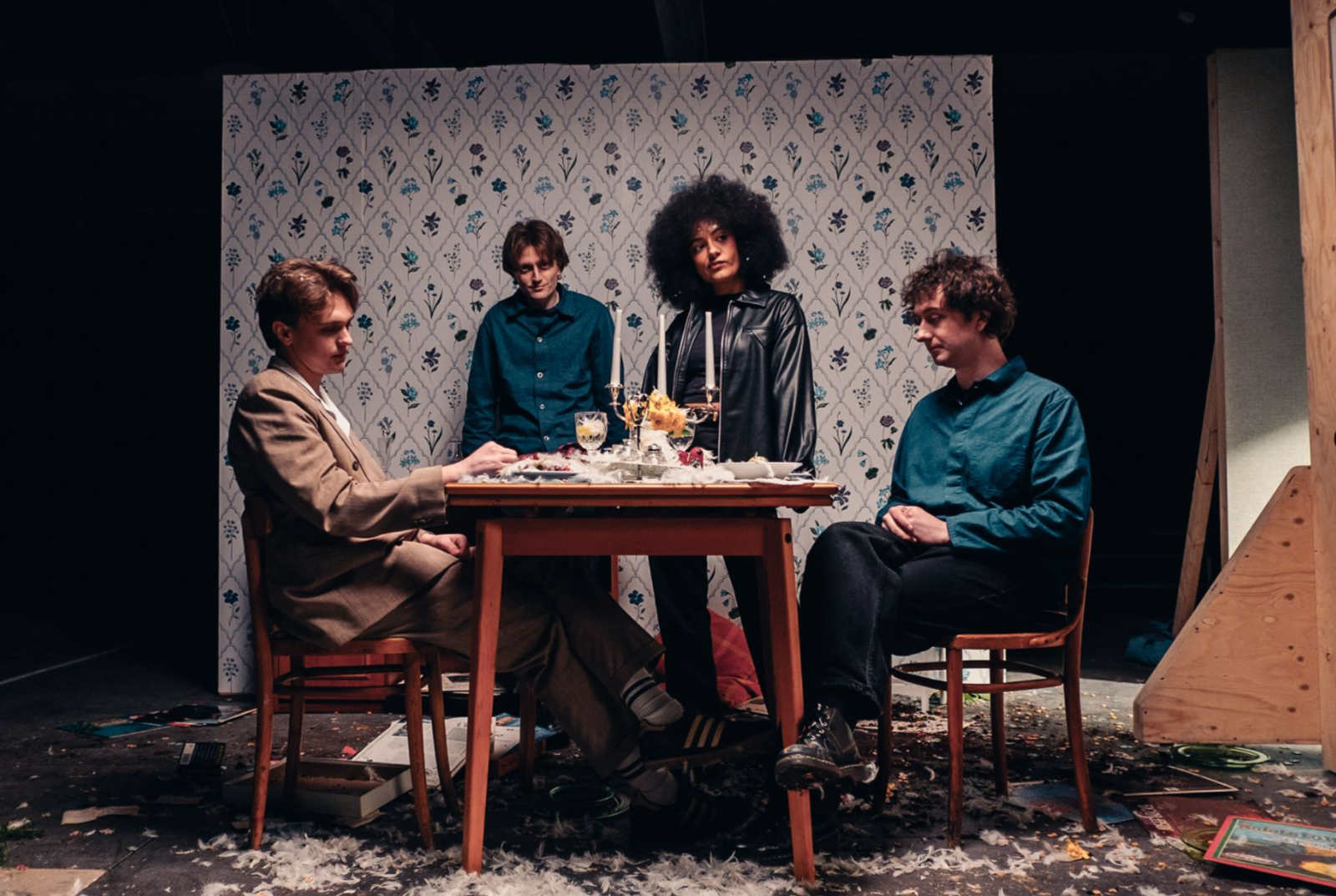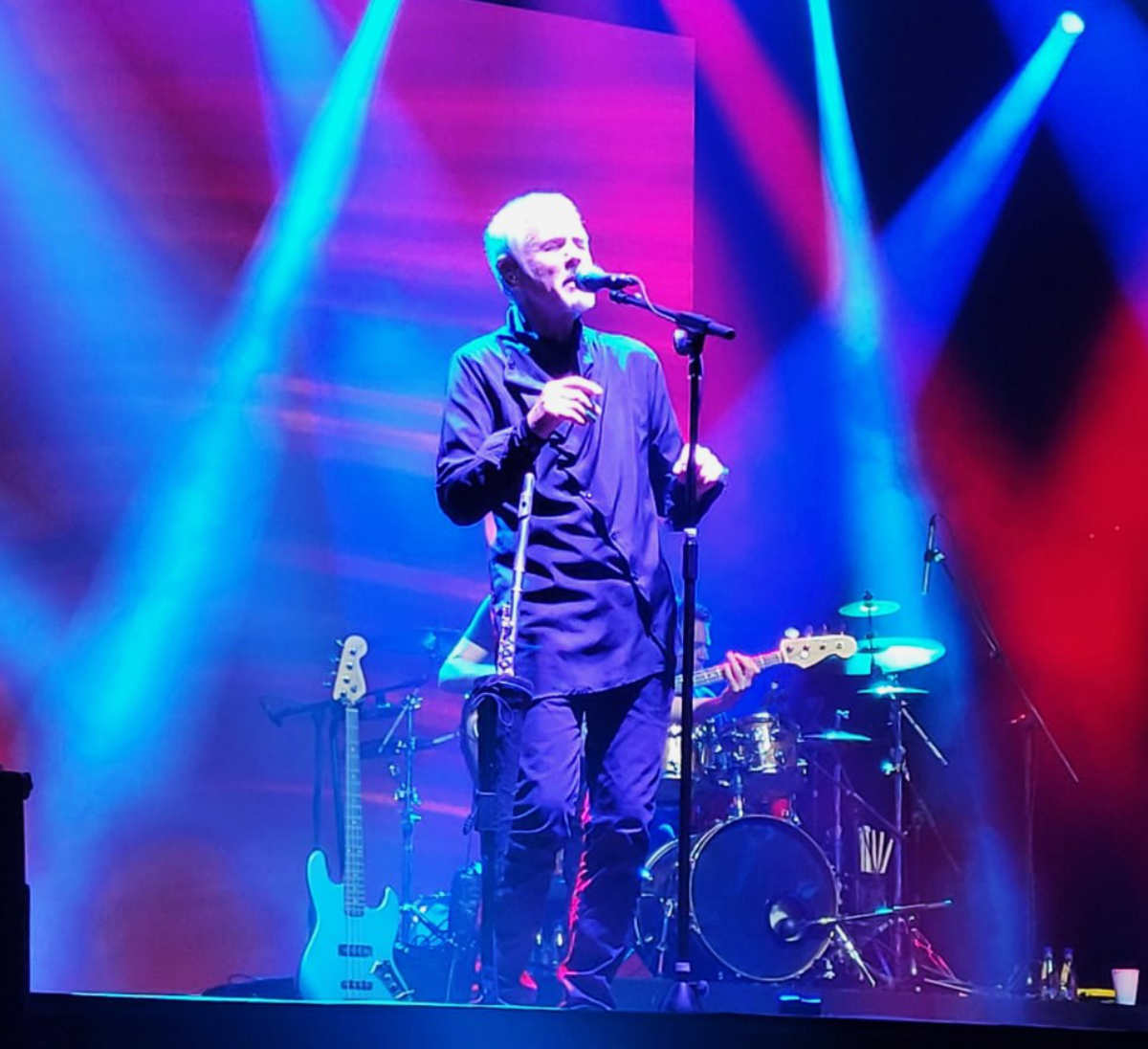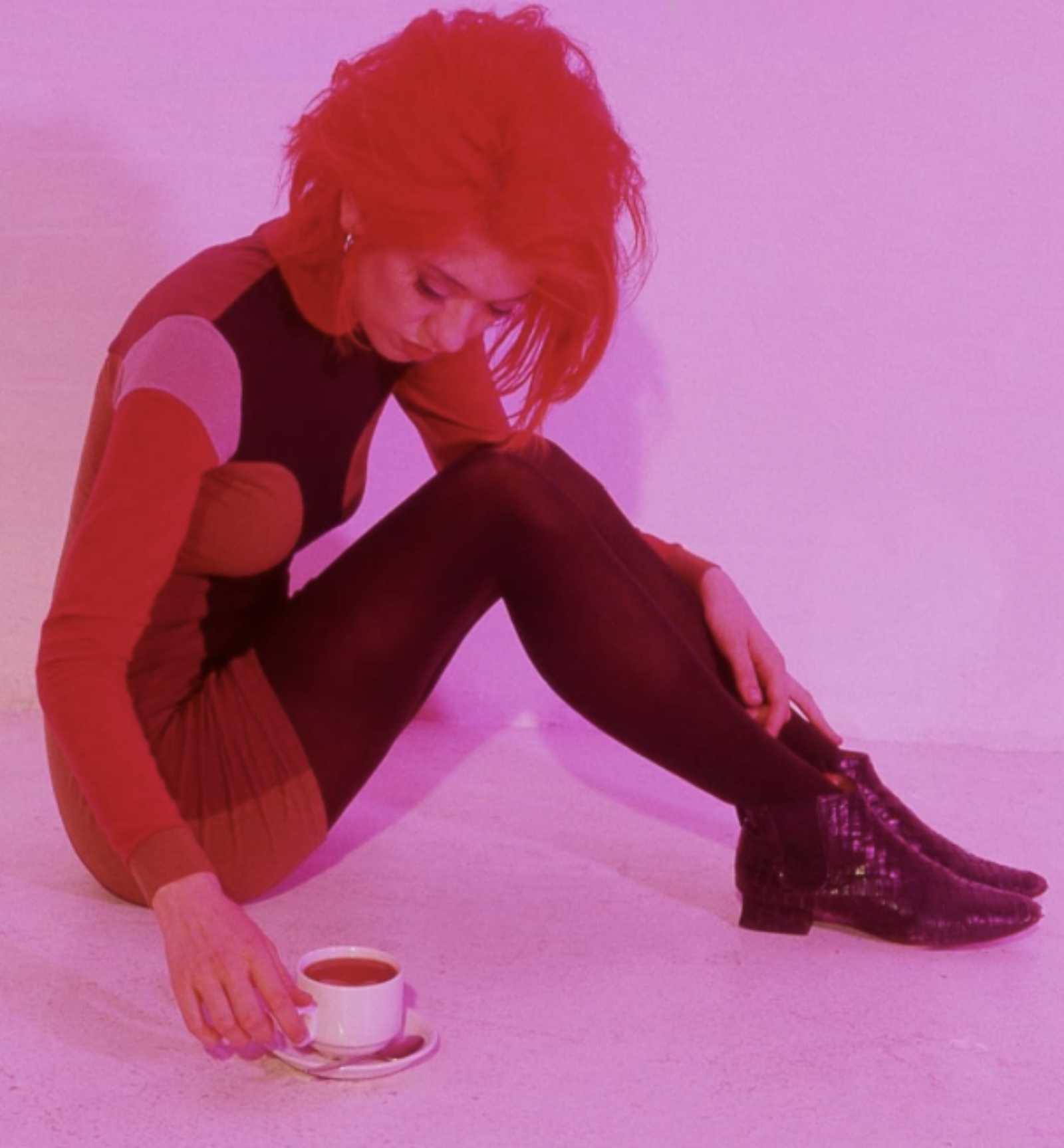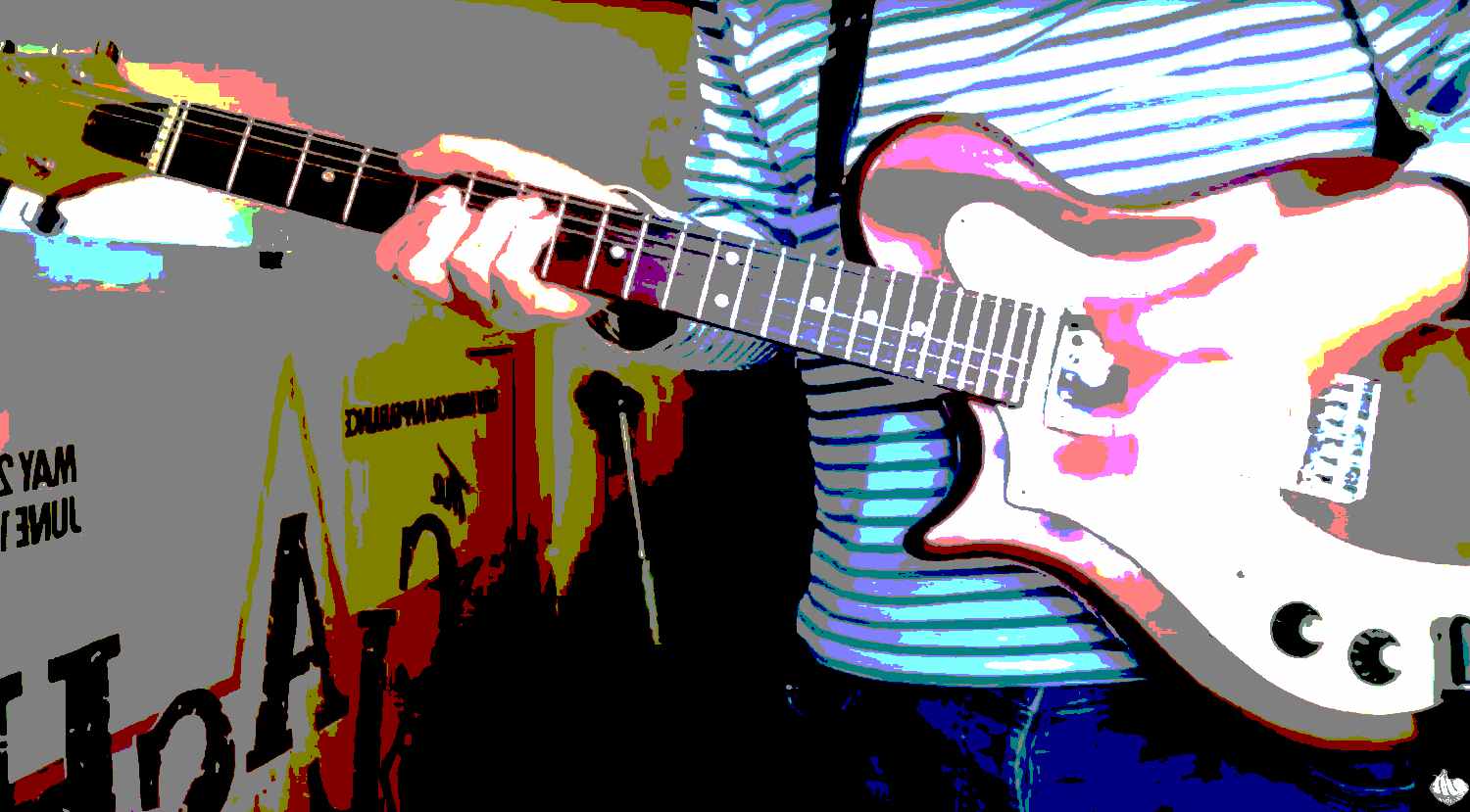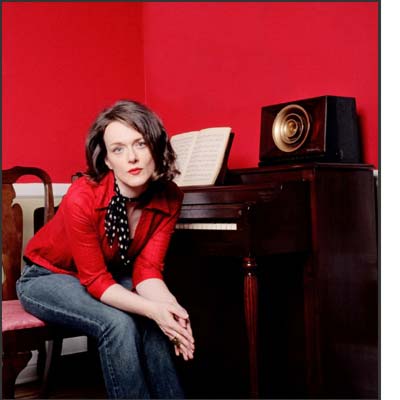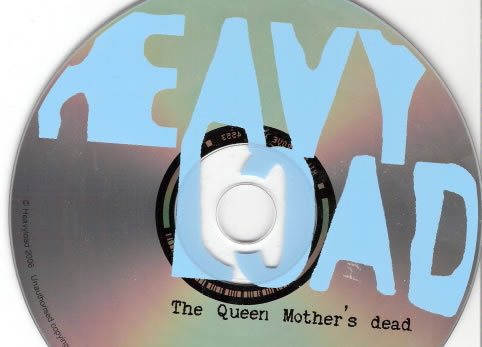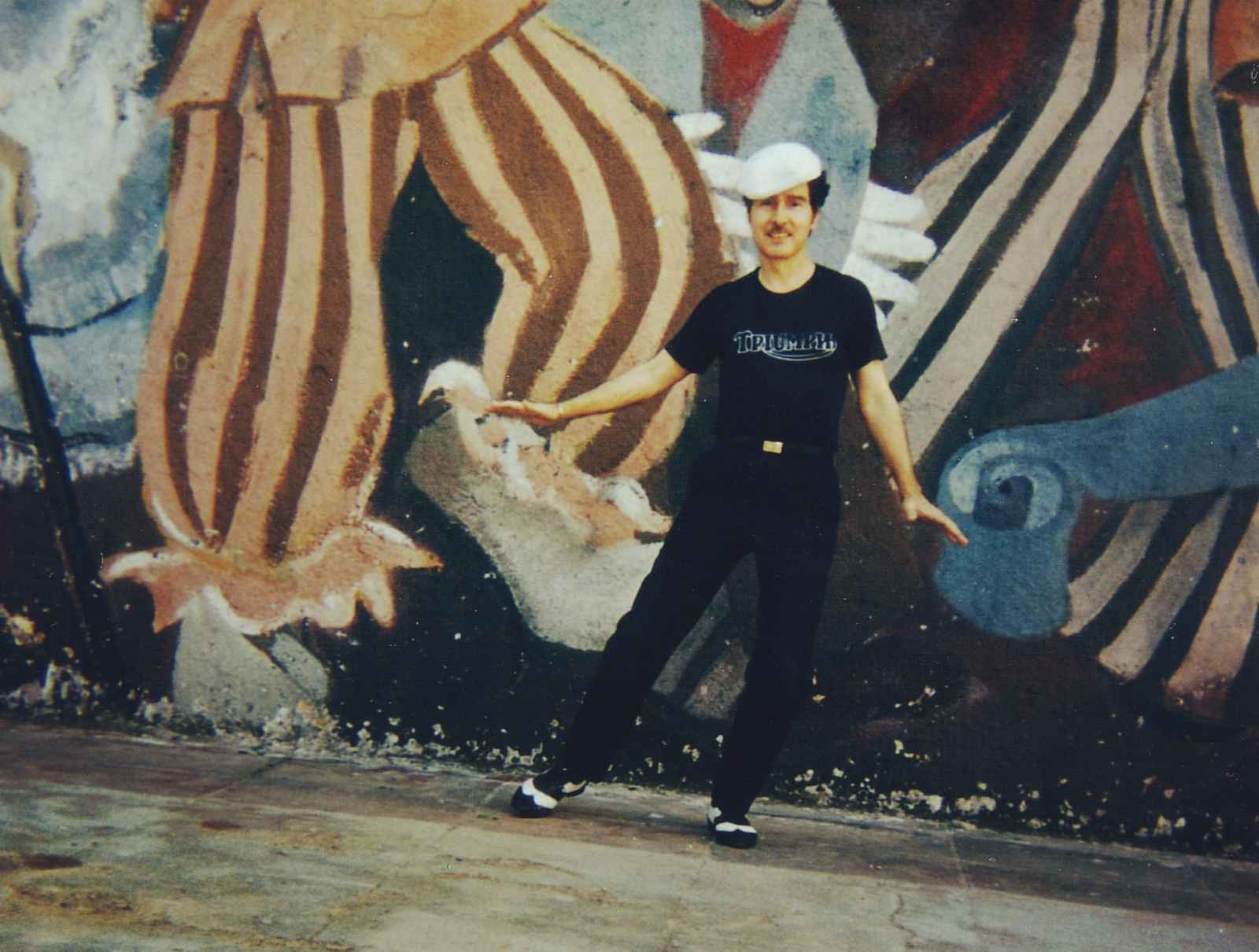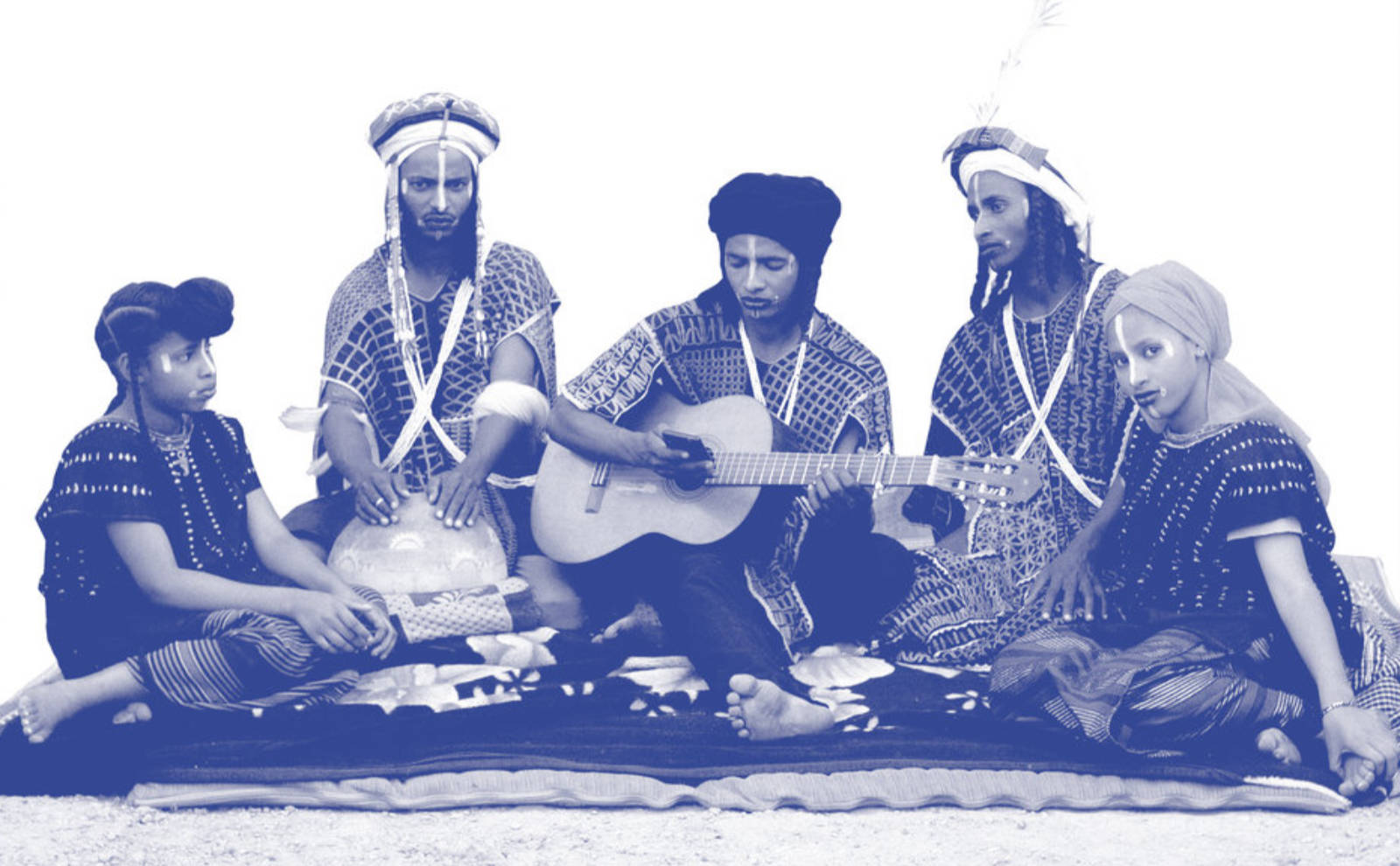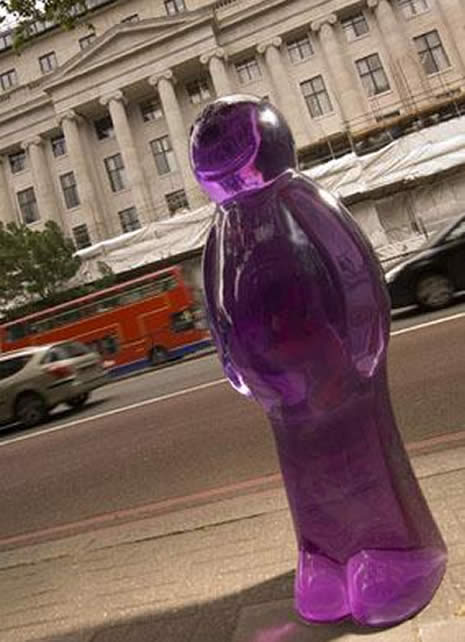Look, we love one-trick ponies as much as anyone, but Bob Holroyd isn’t that. Bob journeys from ambient minimalism to world music, modern classical to jazz and back again and all with the type of riveting precision you’d only find in a musical empath. He’s worked with the Kalahari Bushmen and the Imam of the Regent’s Park mosque...
With nine studio albums and six remix albums to his name, Bob’s eclectic and texturally cinematic work has been recognised and remixed extensively by a huge range of artists such as Coldcut, Nitin Sawhney, Four Tet, Francois K, Mogwai, The Album Leaf, T. Williams, Lemonde, Loop Guru, Steve Roach and more, and has been used prominently in mainstream TV and films such as The Dark Knight, Lost, True Blood, The Sopranos, Panorama, Coast and many more.
His latest release, Hiding in Plain Sight sees Bob back firmly on minimalist terrain. It’s breathtaking, it’s slight, and it is exceedingly affecting and beautiful. Bob says, "This new track is about isolation and loneliness. Even though we live in an ultra connected world, with more ways of communicating than ever before, lots of people are lonelier than ever. This is at its worst in large cities - even when surrounded by thousands of people often individuals know no-one, even their neighbours. The video is also meant to represent this. It's a sort of dystopian cityscape from above where the odd pulse like signal shows that someone is trying to be heard or noticed, but because everything is all on such a massive scale it all gets lost in the noise..."
OUTSIDELEFT: Bob,although your work has been incredibly diverse, what has immediately captured our attention is your new single, Hiding in Plain Sight, which although released during the UK lockdown,( I wish we had another expression for that...) somehow, for me, the sound is of people actually taking a huge amount of solace that unbeknown to many of us, this period of enforced withdrawal has invoked... a massive reappraisal of our lifestyles... and in some respects speaks to me about a different future and not the sci-fi of now...
BOB HOLROYD: Yes, it's a strange combination, one I've felt directly. On one hand it initially felt like a dystopian nightmare, but actually, it has given us all the chance to slow down and reassess our lives and what is really important. Obviously for those individuals who have tragically directly affected by this pandemic it has been been unspeakably sad, and I'm in no way meaning to demean or trivialise their suffering. However, I really hope that some of the good that has come out of this situation will continue, such as working from home more, less pollution, more time to consider others, generally more courtesy and less stress etc, although my fear is that unfortunately things will drift back to how they were before, which will be a real shame.
Although the title 'Hiding in Plain Sight' is a reference to loneliness and isolation, it can also have the opposite implication. Now we have so much more time on our hands we have the opportunity to notice all the amazing things around us that we have sometimes, in the past, ignored or not even noticed.
OUTSIDELEFT: Can you talk about the accompanying video?
BOB HOLROYD: Even though we live in an ultra connected work, with more ways of communicating than ever before, lots of people are even more lonely than ever. Even when surrounded by thousands of people often individuals know no-one, not even their immediate neighbours. The sparse sounds, and the dystopian cityscape viewed from above, are meant to represent this feeling of isolation.The occasional pulse like signal showing that someone is trying to be heard or noticed, but because everything is all on such a massive scale it all gets lost in the noise. We all want to matter, to be heard above the noise, sometimes we just have to know how to listen.
OUTSIDELEFT: Is there radio support for your music, I mean, is there some late night Radio 3 show permanently under the threat of the axe - where would I find music like yours?
BOB HOLROYD: Mostly on Spotify and YouTube, but also shows like Late Junction and Unclassified on BBC Radio 3, and sometimes 6Music.
OUTSIDELEFT: I have to ask about some career moments, in a career of many amazing moments, and I don't want to digress too much, because I love the new record so much, but, the composing of the Islamic Call to Prayer at Regent's Park Mosque... Is that a wow moment?
BOB HOLROYD: Definitely - you have picked a couple of times that really stand out to me too! On various holidays to India and Turkey in particular, I would hear the Islamic Call to Prayer. I didn't know that much about it, I just loved the beautiful atmospheric sound drifting out across the landscape. I wanted to record it and write a piece around the singing, but had no idea if this was an acceptable thing to do, and even if it was, how to go about it. I thought the best thing to do was to go to the Regent's Park Mosque in London and ask if this would be ok, if it would offend anyone, anything I should consider etc. The imam who I spoke to told me that there would be no problem with this, obviously as long as it was presented respectfully and faithfully. He was very happy that I was interested, and told me the best time to come and record it. He also told me that he would request someone who could sing it well as it was going to be recorded, to make sure I was happy with it.
It was an amazing situation to be allowed to enter the Mosque and record this beautiful sound, but it was made even more amazing by who came to deliver the Prayer on the day of recording - it was none other than Yusuf Islam! (formerly Cat Stevens). He was as lovely as you would expect him to be, very warm and kind. He translated the words for me, and the only 'payment' he wanted was for me to print them on the album. I then took the recording and composed a piece around the vocal and released it on my album 'Stages'.
OUTSIDELEFT: And working with the Kalahari Bushmen?
BOB HOLROYD: The sounds that I hear when travelling often inspire me. I have been fortunate to go to Kenya and Senegal and I love African drumming and percussion as a result. I released a track called African Drug which became a bit of cult classic, and I think as a result of that I was invited to be involved in a project which was aimed at raising awareness of the plight of the Kalahari Bushmen, or San People. The idea was to use the traditional songs, chants and sounds of the Bushmen, and to reinvent them to introduce these songs to a different audience. I wrote 2 pieces, one called 'Looking Back' and the other 'Xlao Thsao' which were used as part of a wider exhibition of their music, art and lifestyle at The October Gallery in London.
I didn't realise at the time but some of the San People were flown to the Exhibition from South Africa to see it and be part of it. It was a fantastic and incredibly moving experience to meet them and hear their thoughts on the music. The differences in our lifestyles were massive, but the connection we made through music was really tangible. I know it's a cliche but it was a true moment where I felt that music can cross cultural boundaries. What I found particularly interesting was that the exchange was two way. After they had returned to the Kalahari Desert I heard that !Ngubi, an elder of the tribe that had come to England, had composed a new song called 'Big Metal Bird' - a reference to his first flight in an aeroplane. It's touching to know that a song inspired by something I was involved with is now being sung around the campfire in South Africa, whilst I listen to his strange but beautiful 'clicking' songs and speech in my home in Farnham.
OUTSIDELEFT: You've mentioned Max Richter, Laraaji and others as influences... As a person who creates incredibly affecting music, what is it that affects you, what grabs you when you hear something first?
BOB HOLROYD: It has to have emotion in it, any emotion - hope, sadness, happiness, anger, I don't mind but some kind of feeling. I also do love interesting and unusual sounds as well, which I know is a completely subjective thing to say. When I write, this is what often inspires me first, but more and more I try to live in the moment and record what I'm feeling at that time.
Essential Info
Bob Holroyd's website
